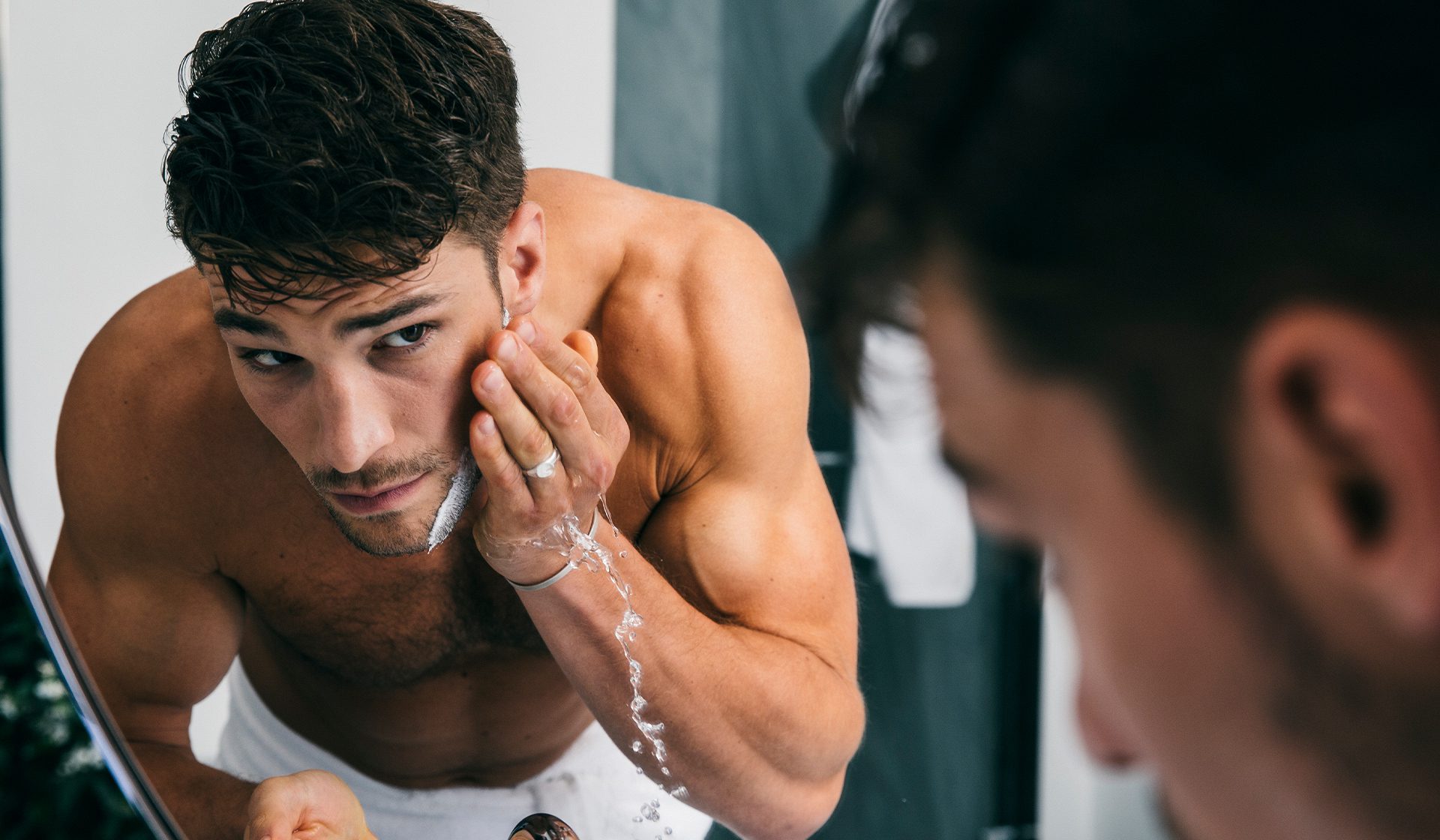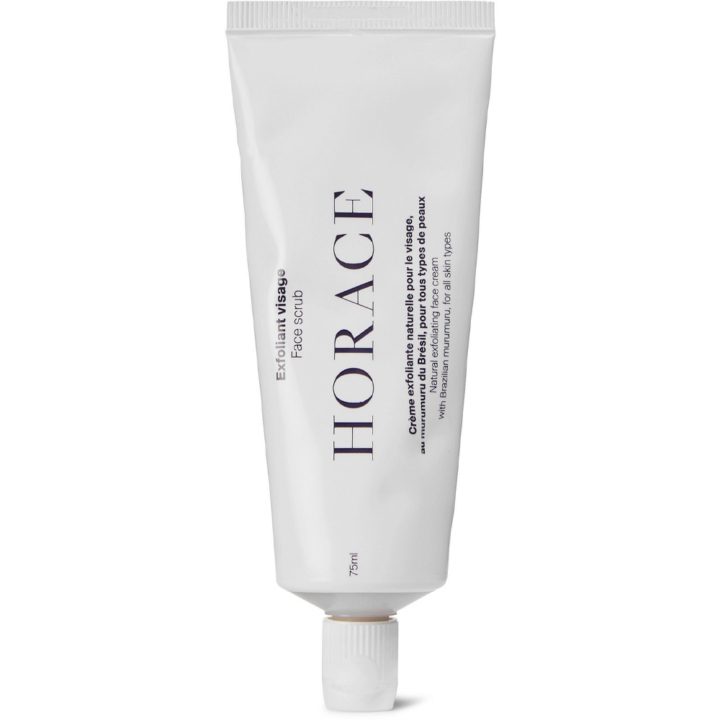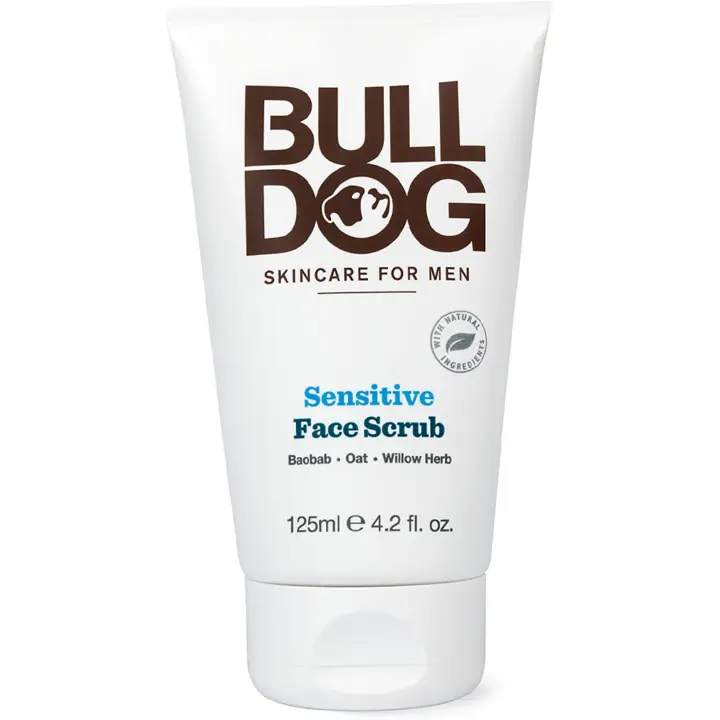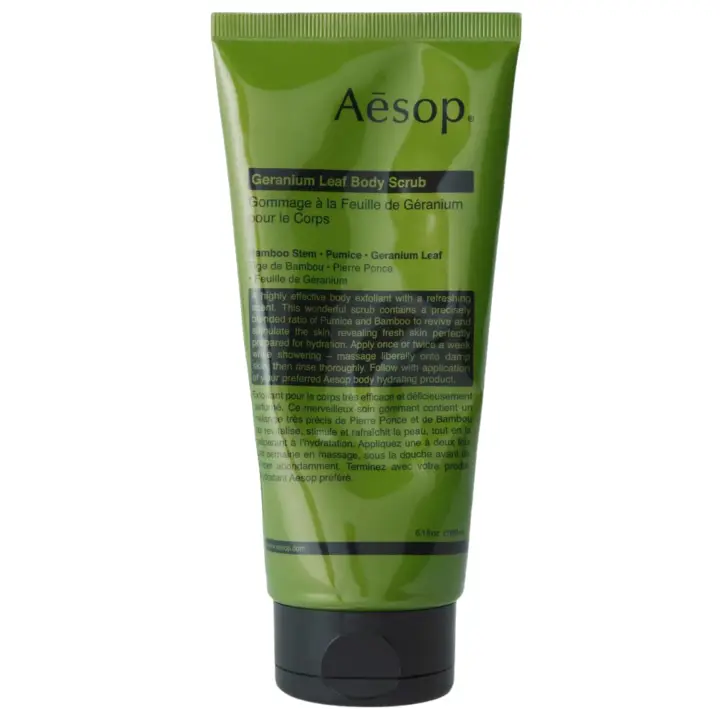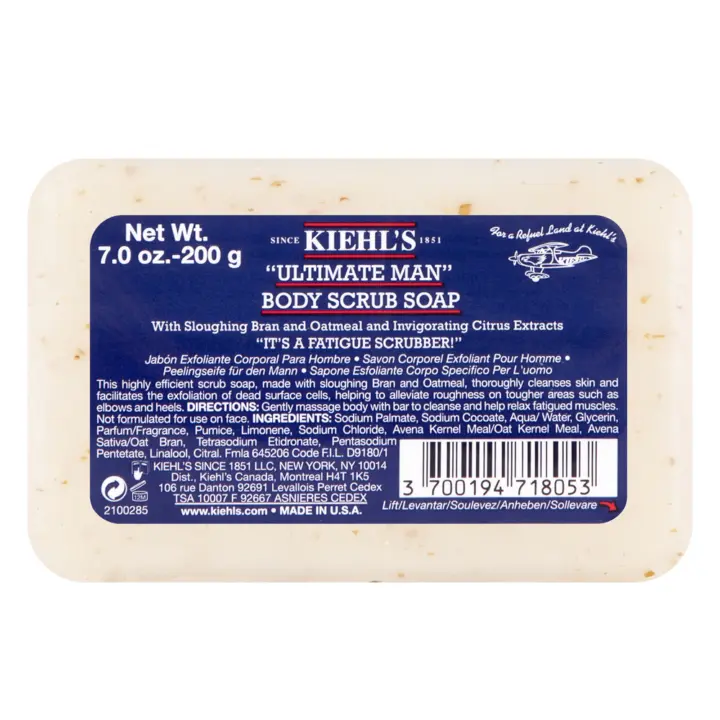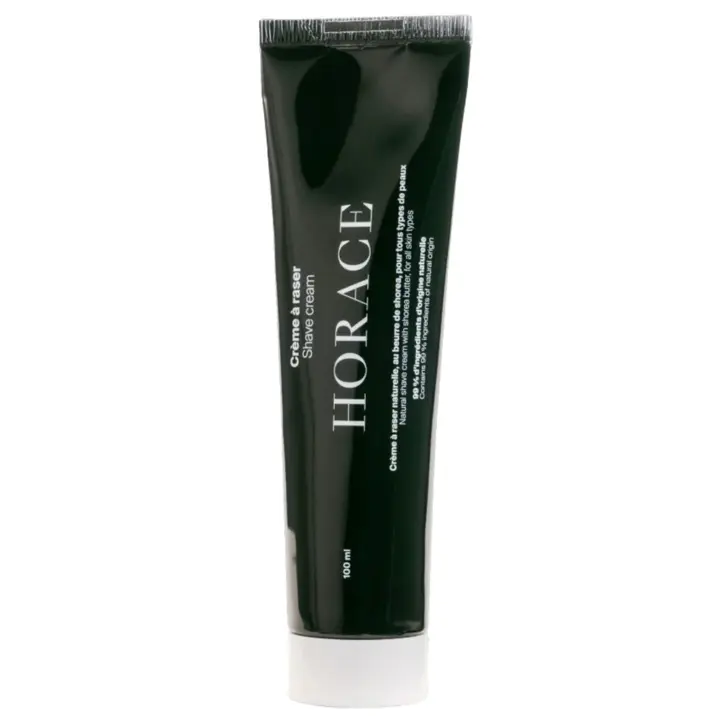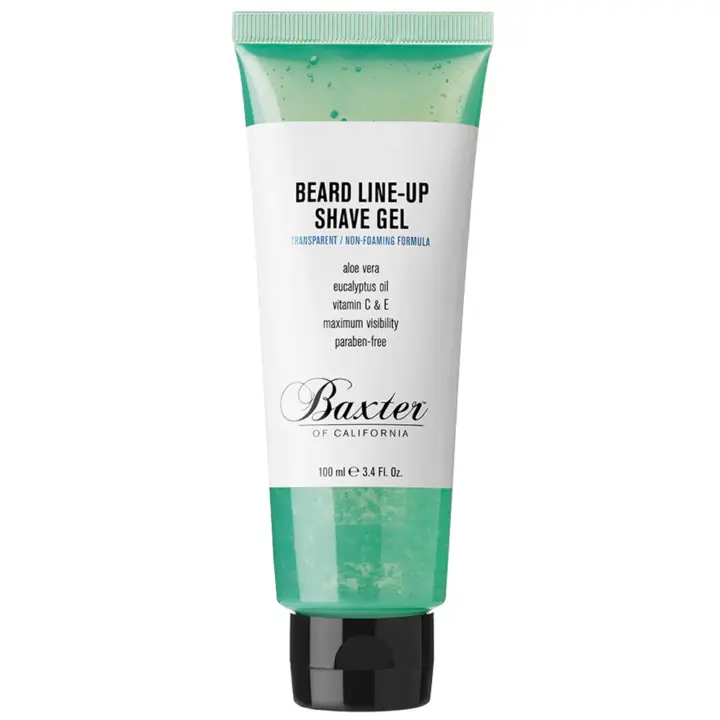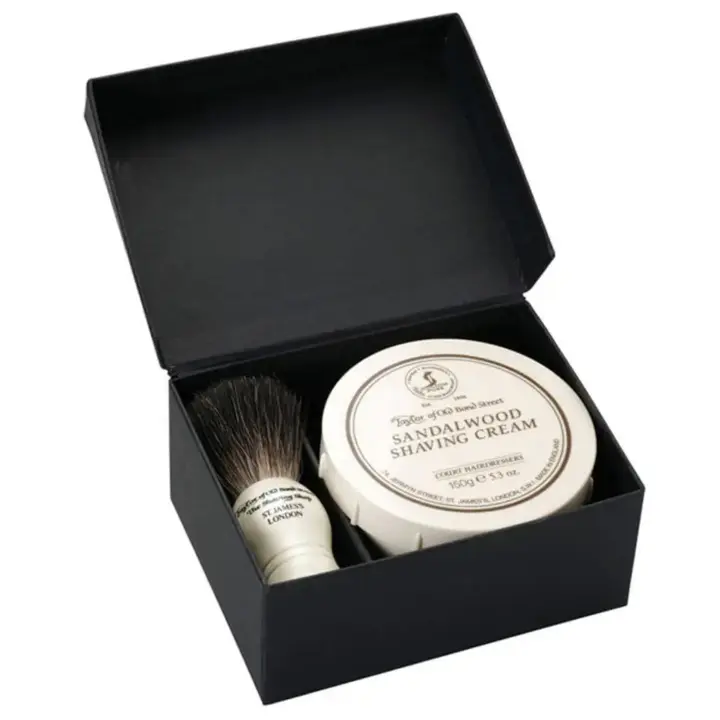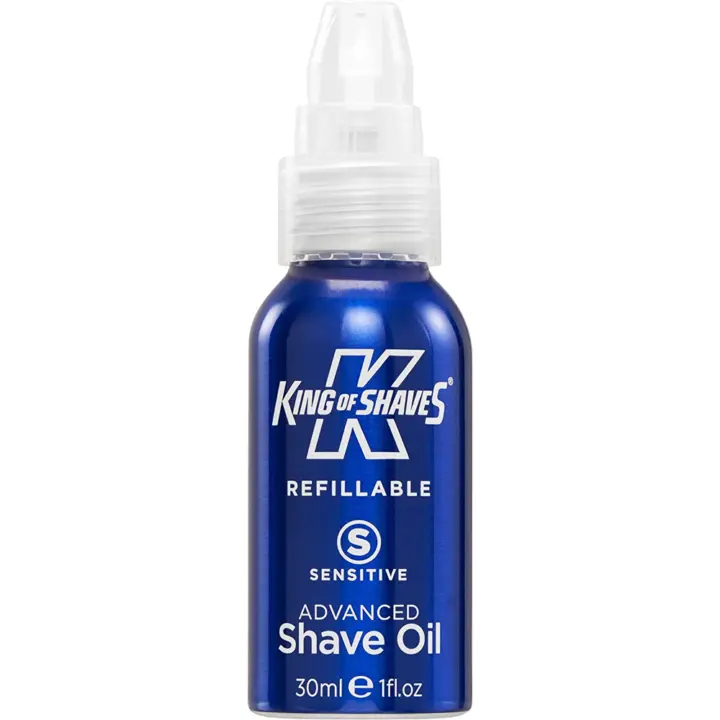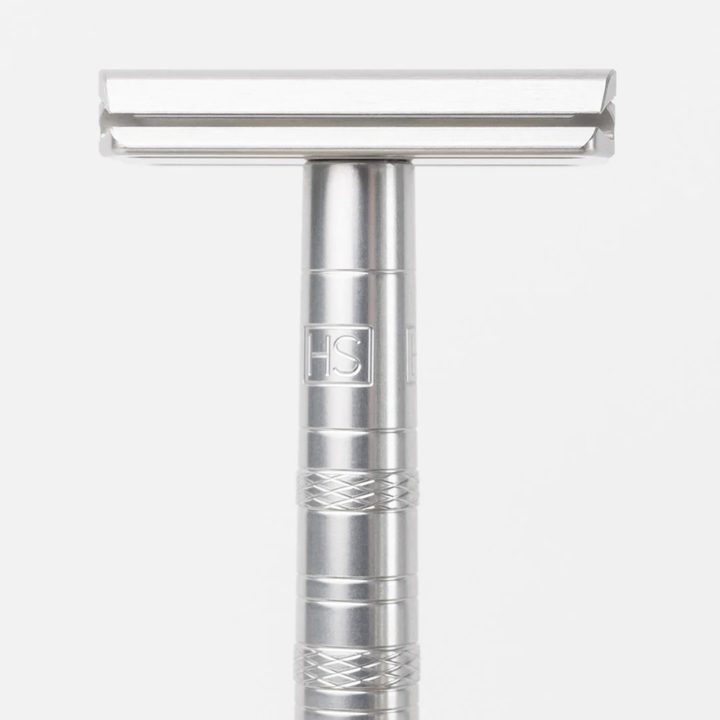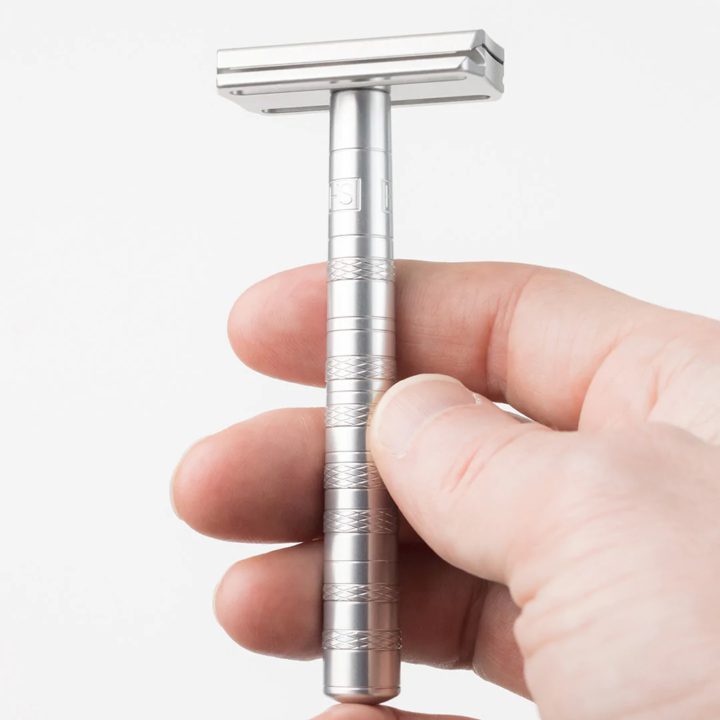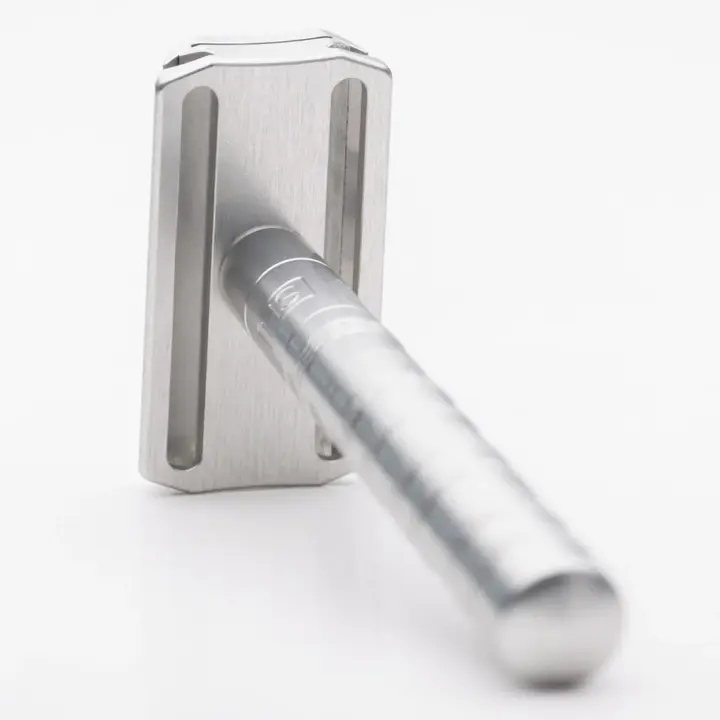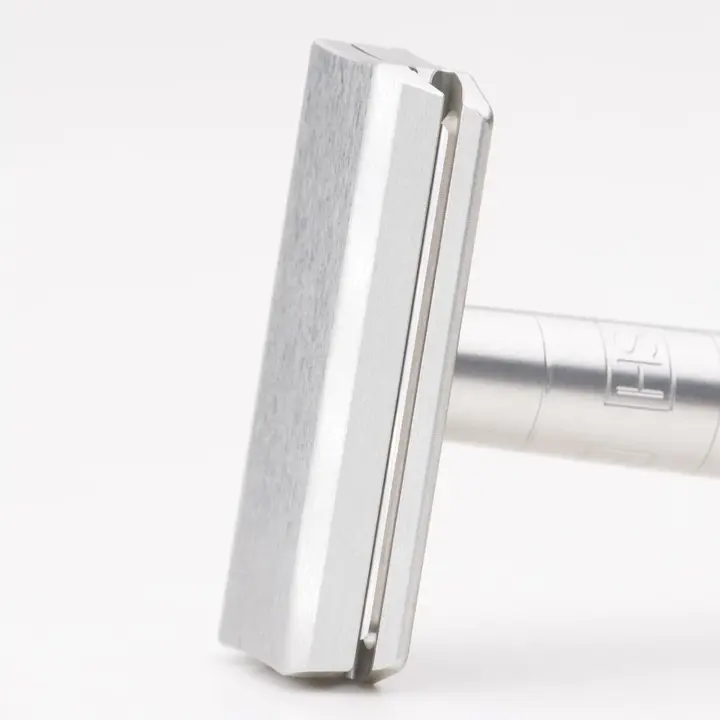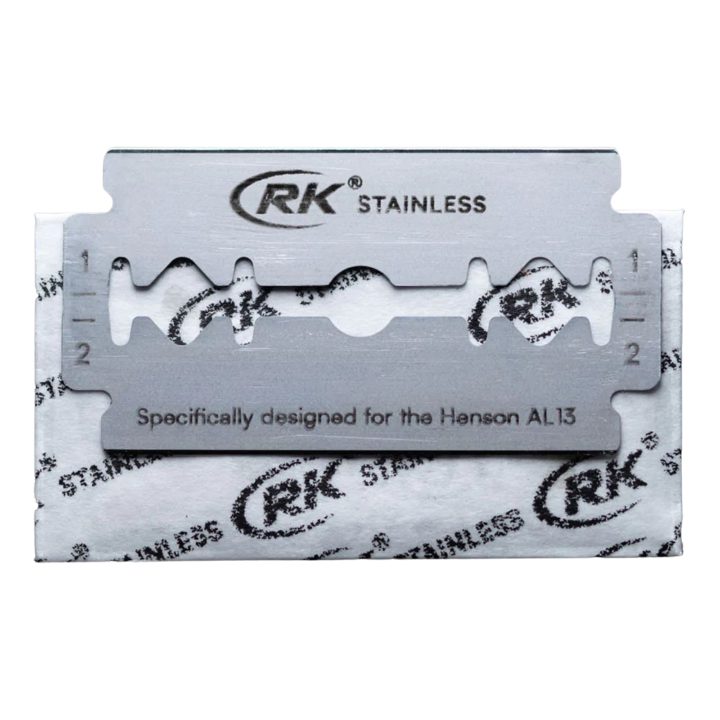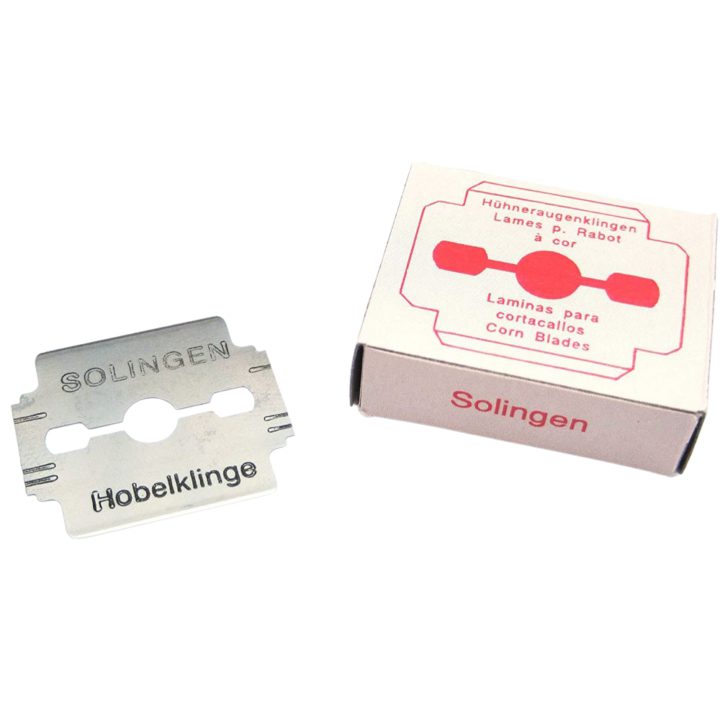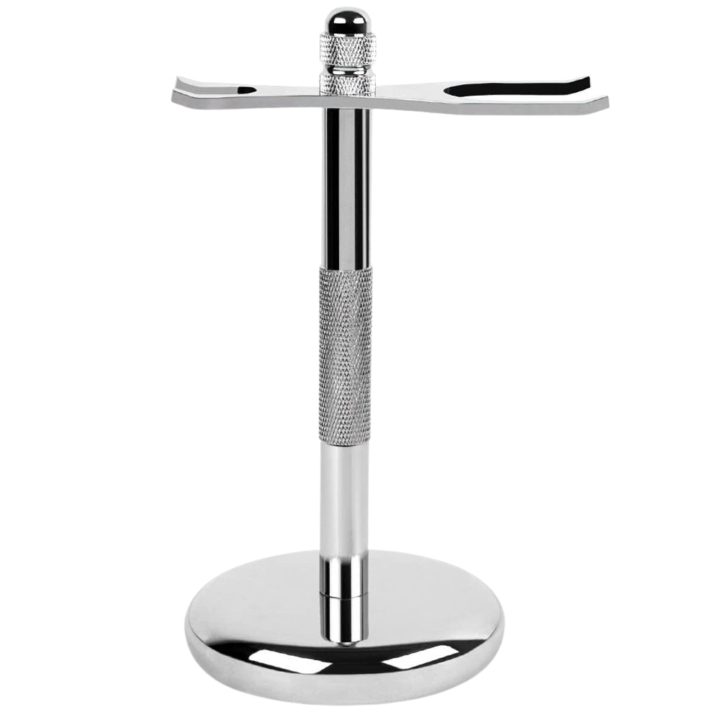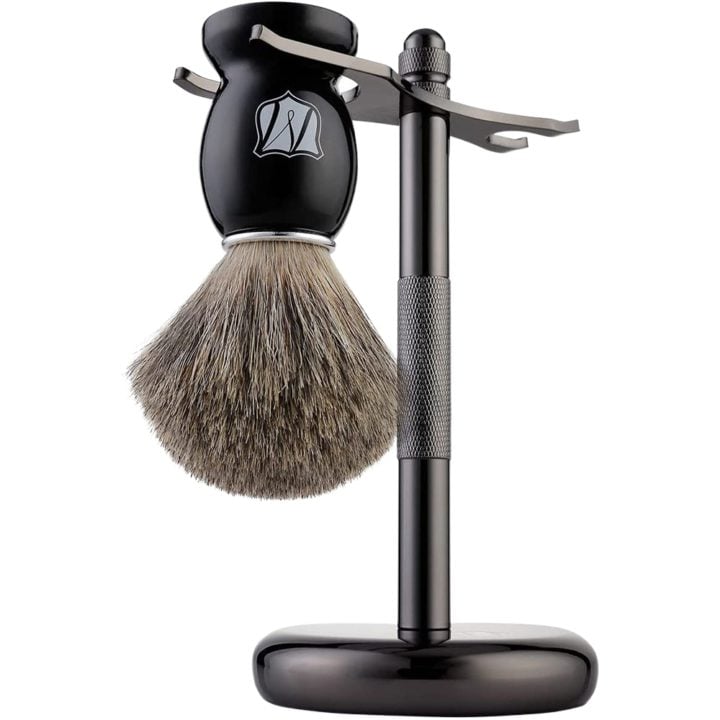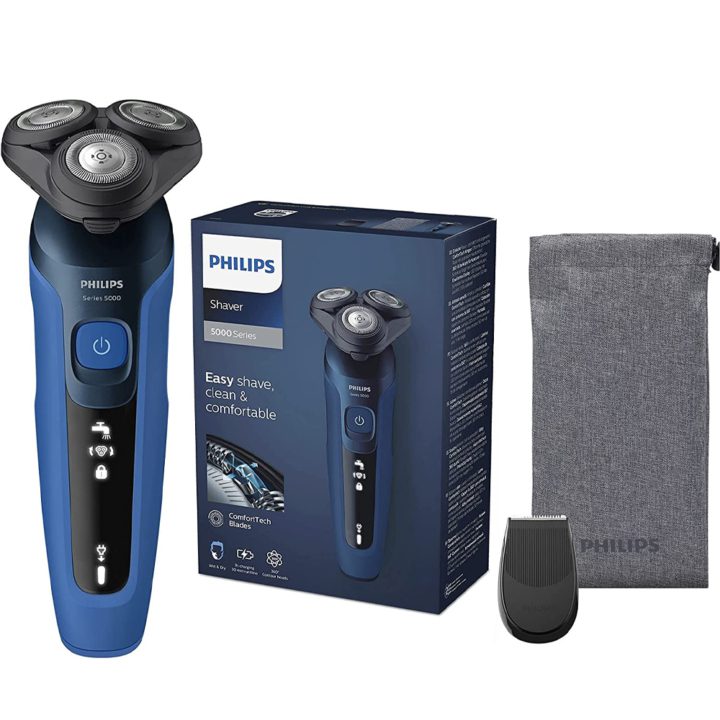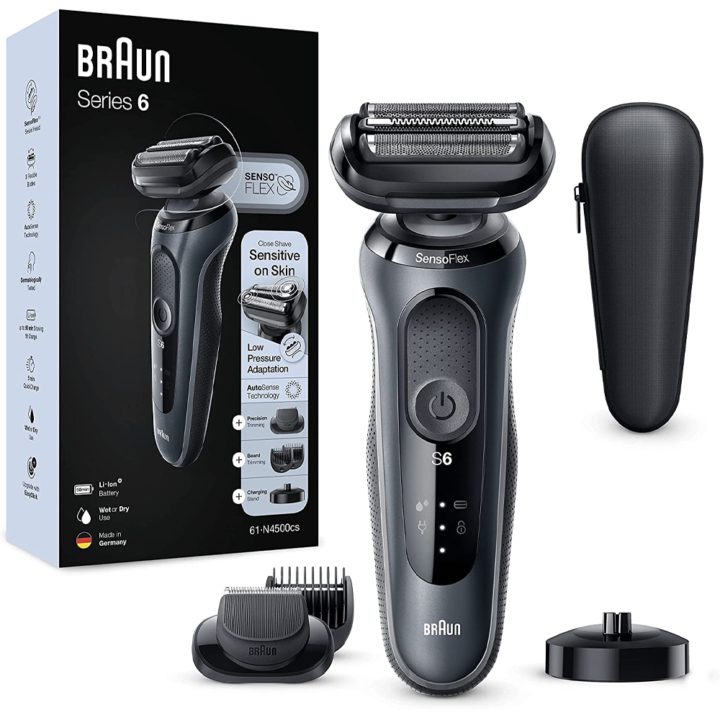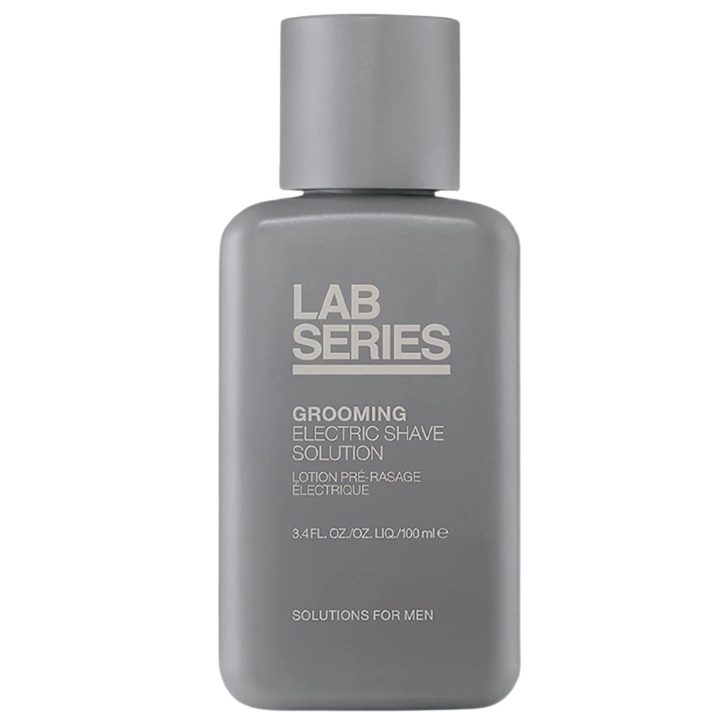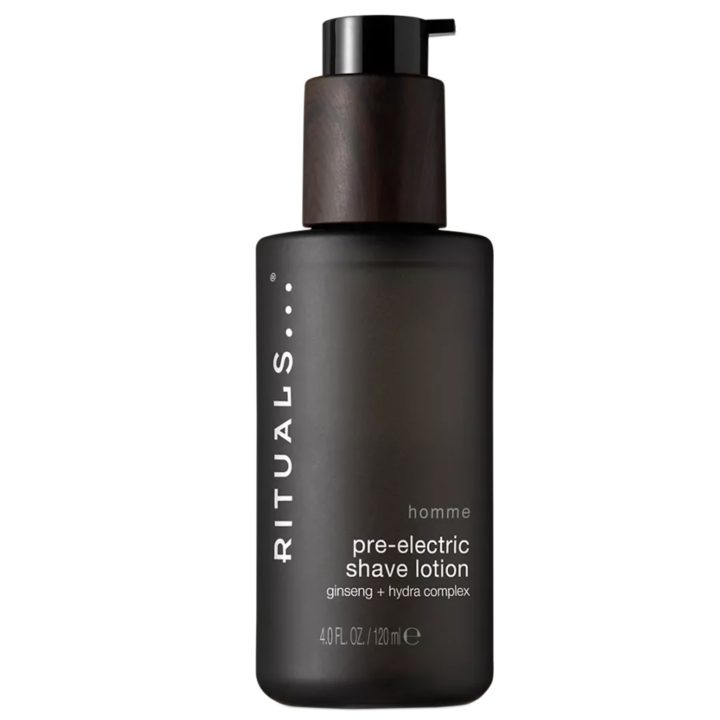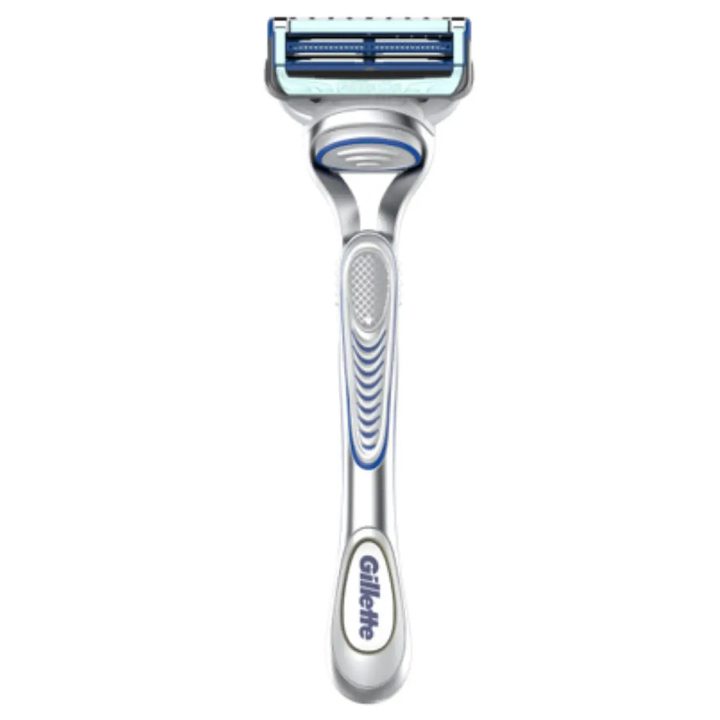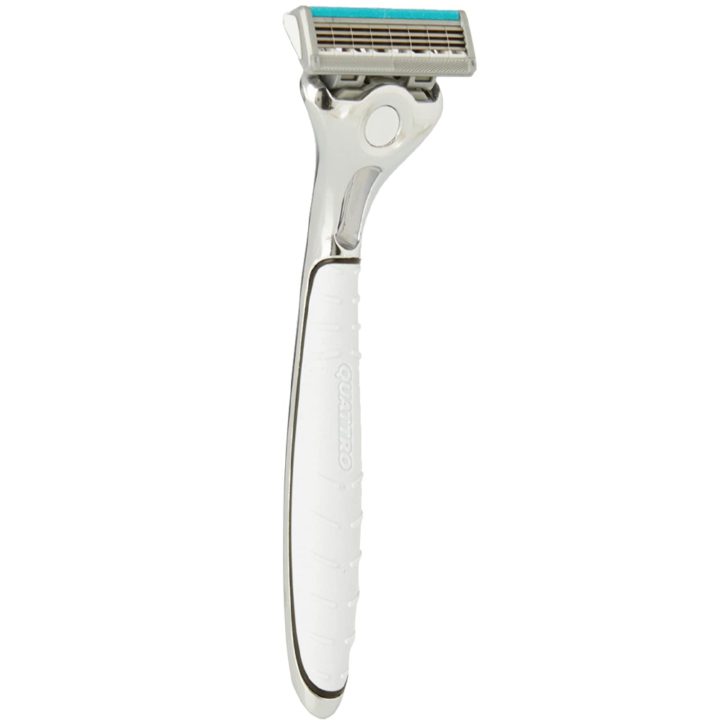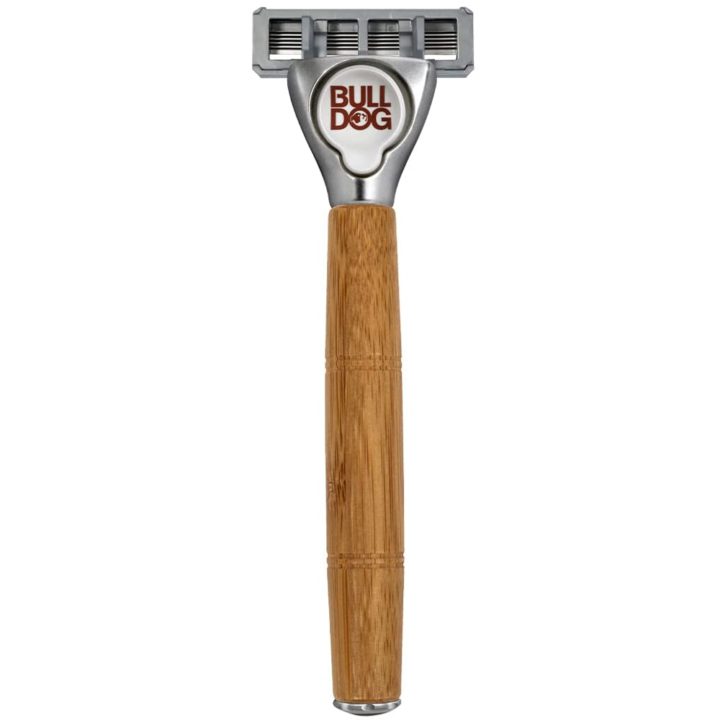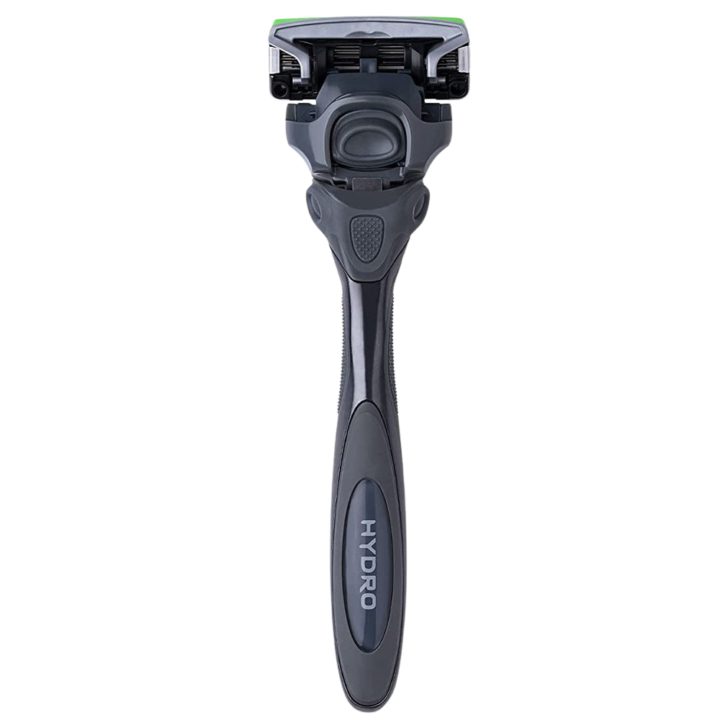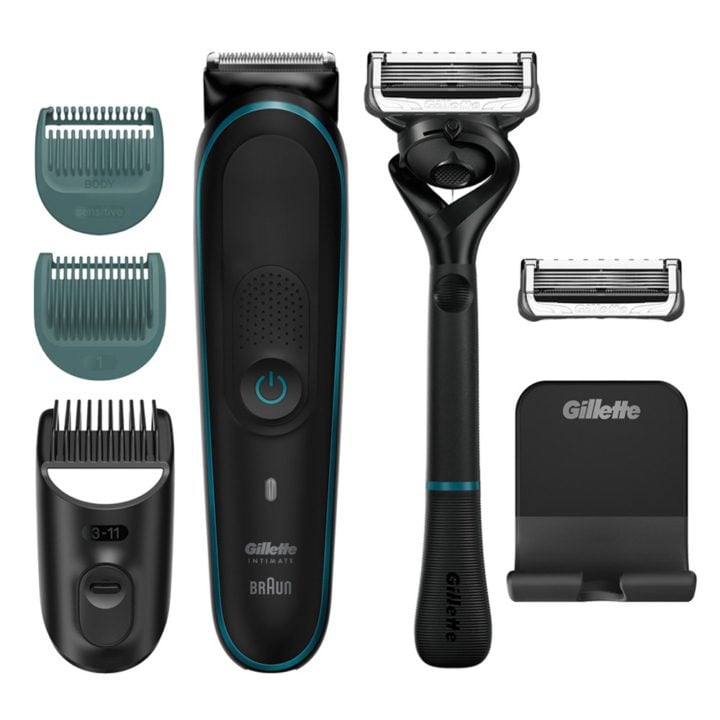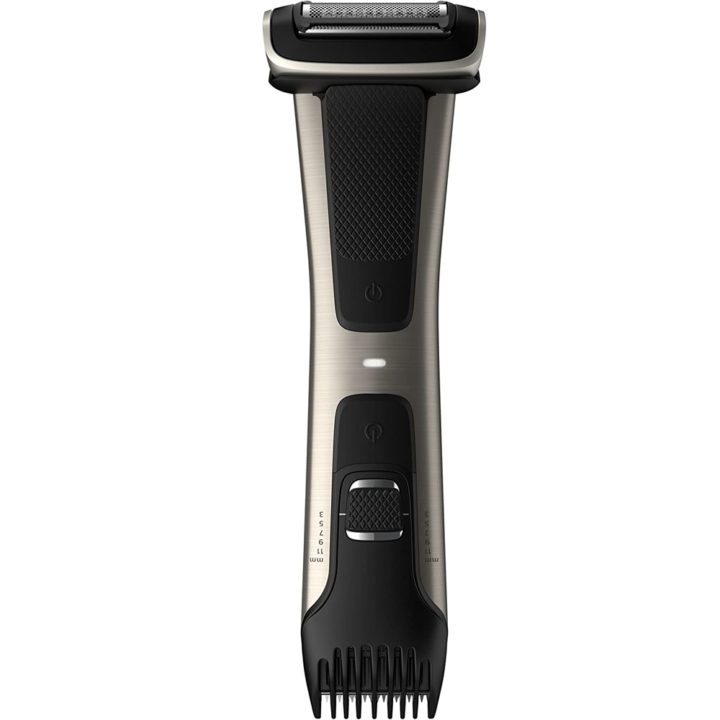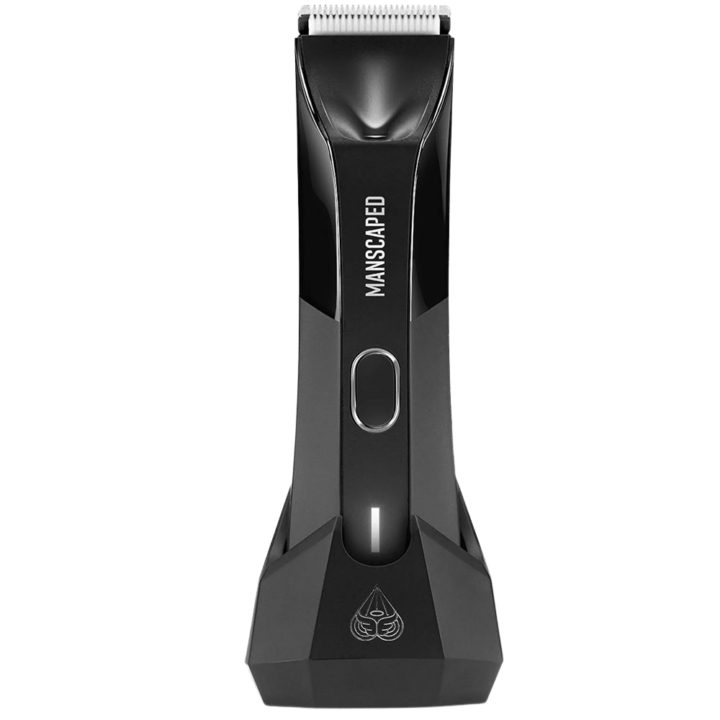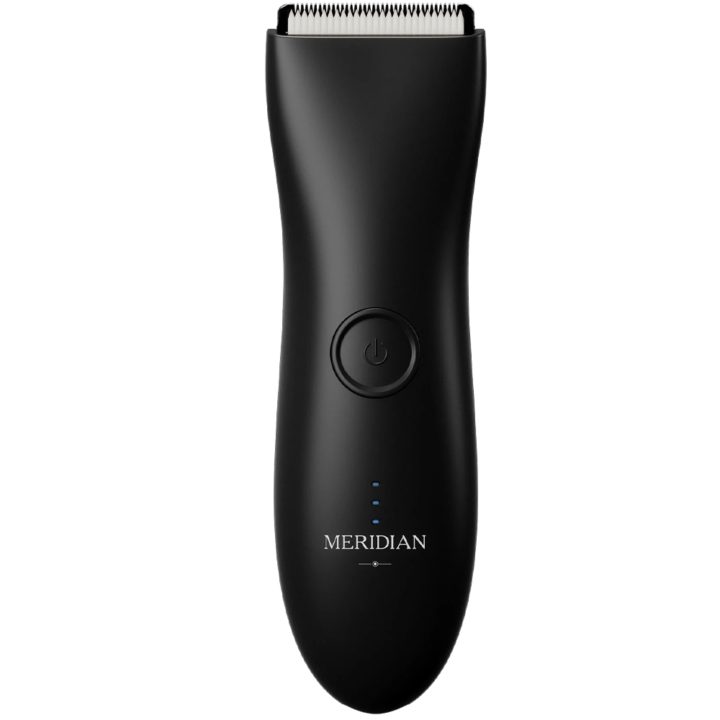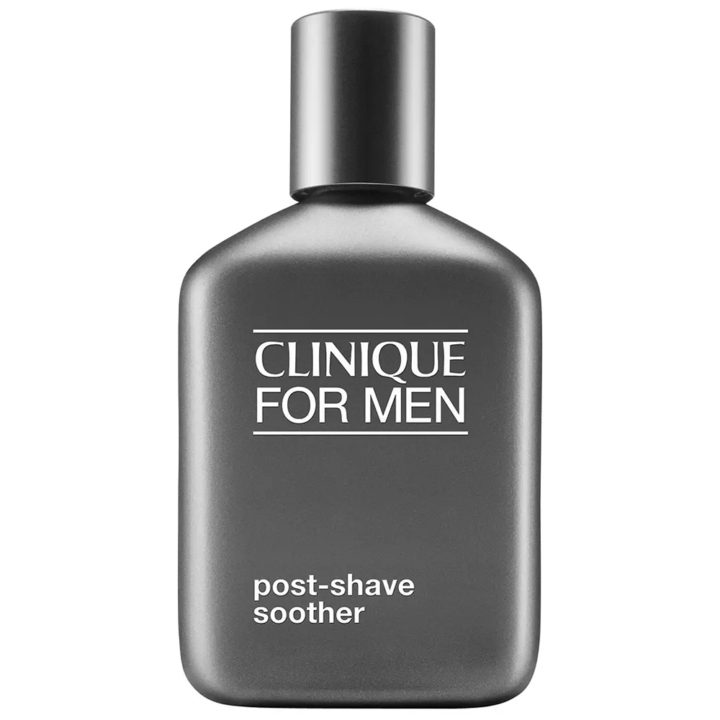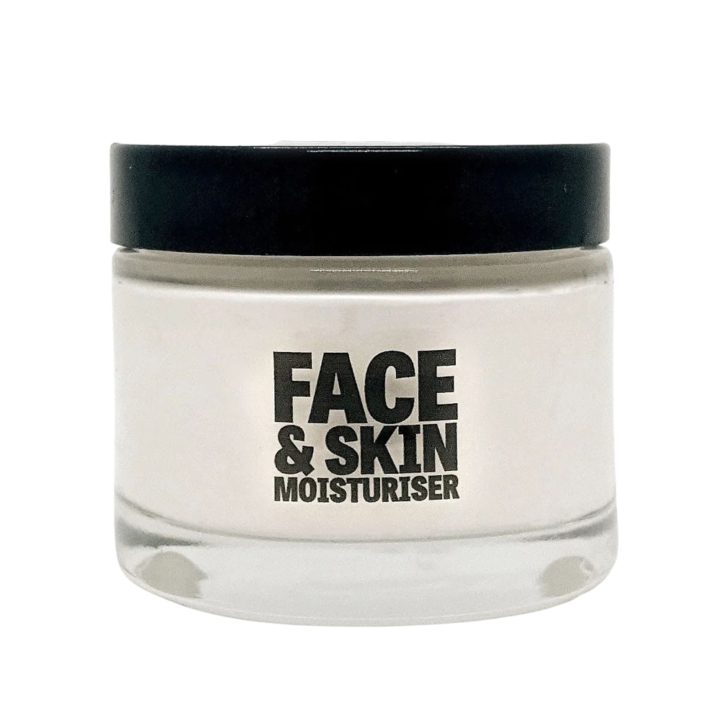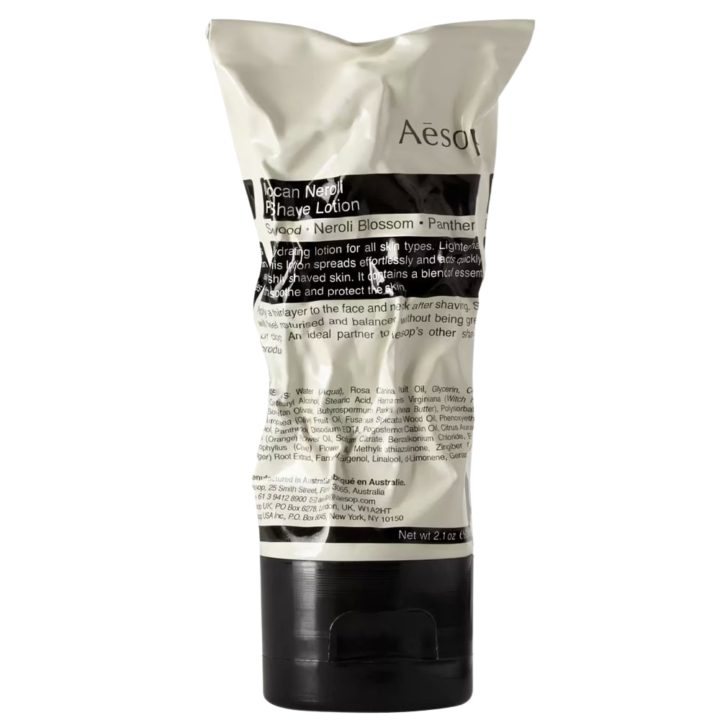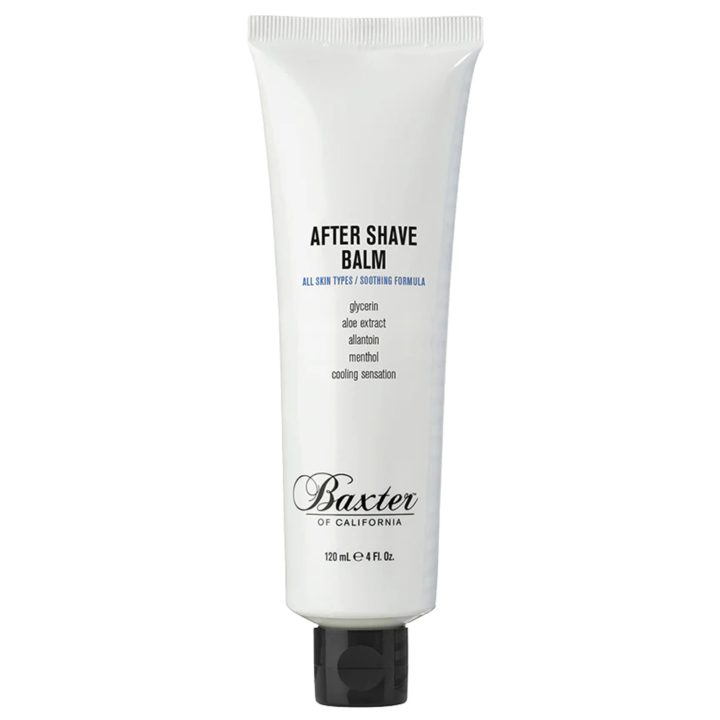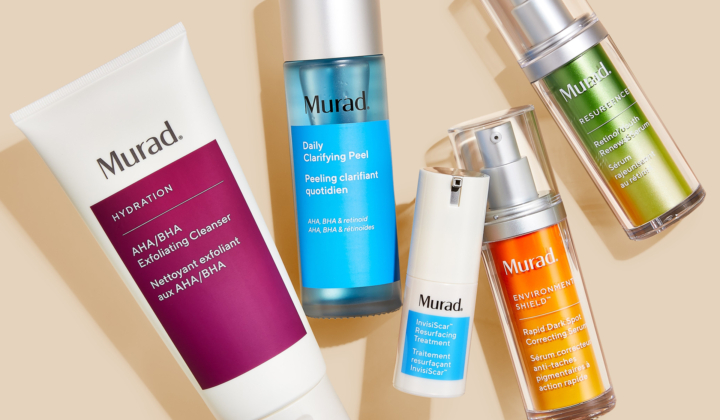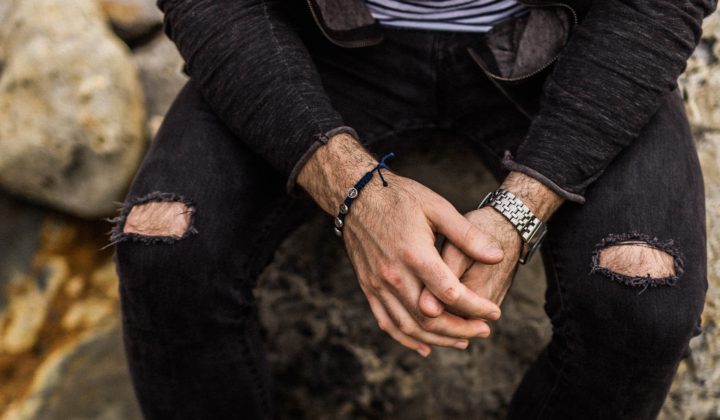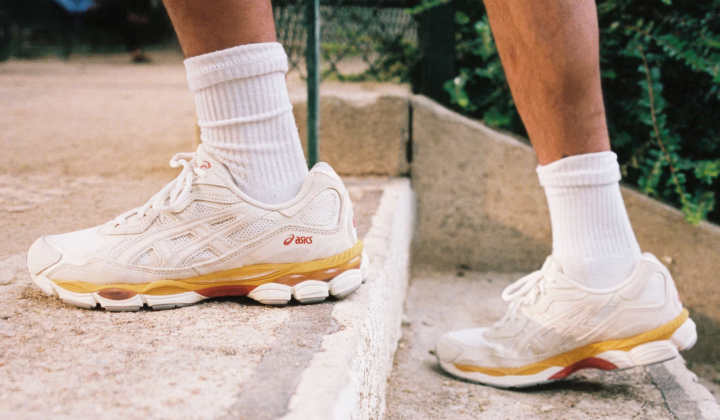12 Ways To Reduce Shaving Irritation & Razor Burn
Life is full of minor irritations – traffic jams, delayed trains, tax returns and slow Wi-Fi are just a handful. When the simple task of removing hair from the face or body becomes an uncomfortable ordeal, irritation caused by shaving can be equally frustrating. We can’t nix the former bugbears, but we can help make shaving an all-round more comfortable experience.
Razor burn is usually felt in the immediate aftermath of a shave, creating noticeable redness, rashes, small red bumps, inflammation, burning sensations and tightness in the skin. It’s primarily caused by the friction of the blades taking off the top layer of the epidermis, but it’s not the only shaving complication.
Ingrown hairs or razor bumps are the result of a less-than-satisfactory shave set up which can also cause a rash, swelling, tenderness, itchiness and even become infected. Want to know how to take skin irritation out of the shaving equation? First things first…
1) Rule out any skin conditions
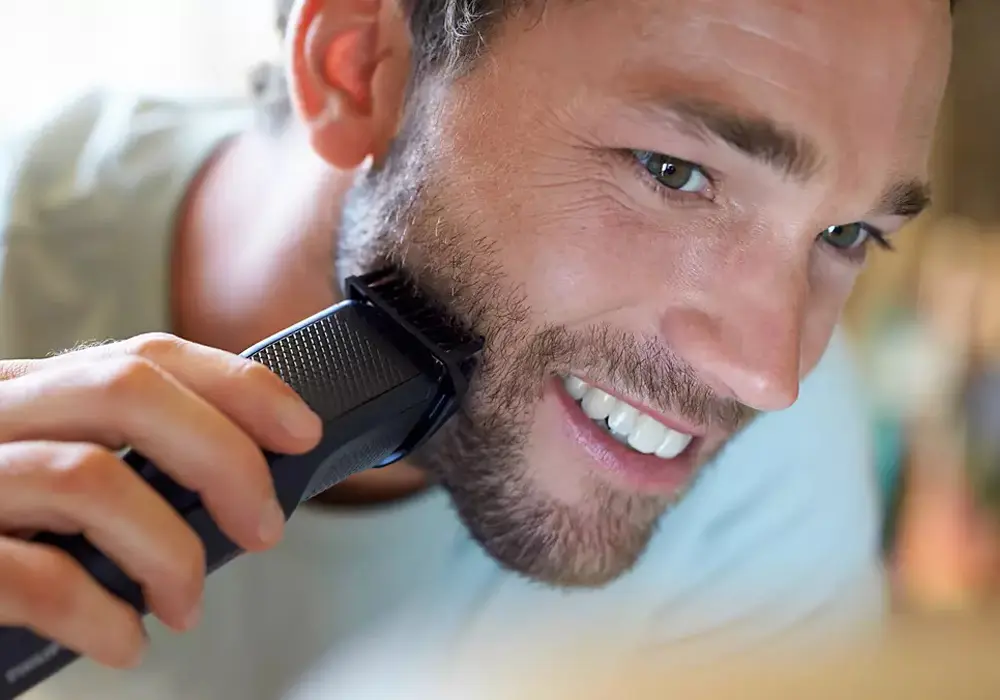
Eczema, dermatitis, psoriasis and acne are common skin complaints that can complicate your shave. If you’re having a flare up or an outbreak, you might need to take a break from the blade until your skin has completely healed. Taking a razor or splashing alcohol on skin that’s already inflamed, irritated, flaky or broken is not going to end well.
Vince Garcia, co-founder of Grey Matter barbershop in Los Angeles and member of the Gillette Barber Council, says, “depending on the severity, I may encourage clients to consider experimenting with facial hair until the problem has calmed down. If they don’t like how they look with facial hair or it comes in patchy, I suggest using a trimmer to take down the hair while avoiding direct contact with the skin.”
2) Soften the stubble
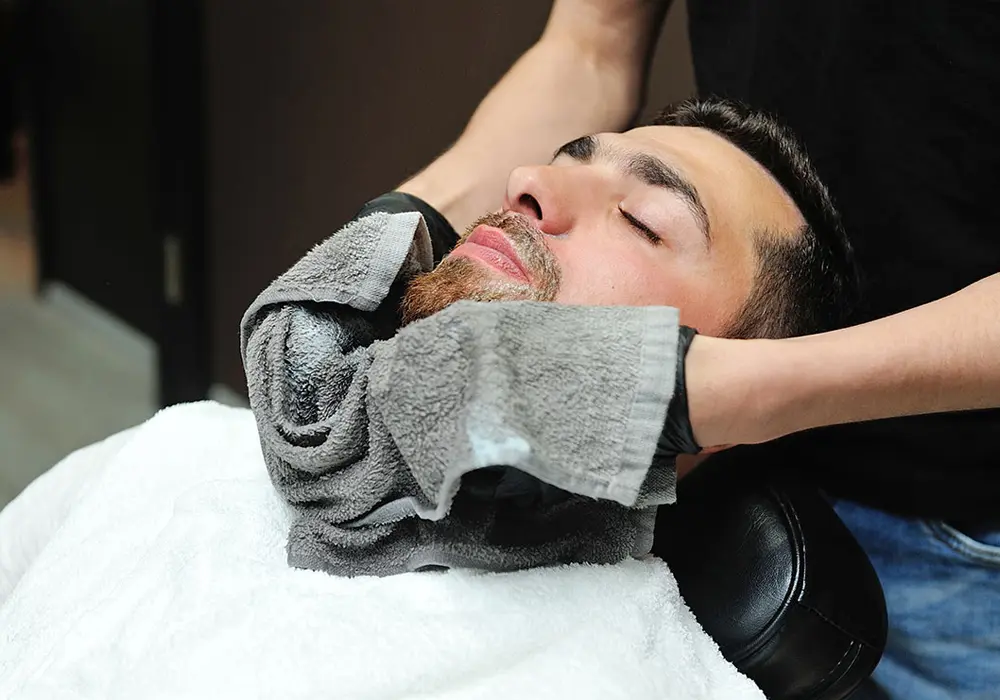
Skin issues aside, preparation is a key factor in reducing razor burn. Softening the hairs as much as possible in advance makes less work for the blade.
“I always advise using a hot towel before you begin so you can open up your pores for a smoother shave,” advises Vince. “You can do this in your own bathroom with a wash cloth and hot water.” Alternatively, a hot shower or a soak in a steamy bathroom both do the trick.
3) Prep your shave like an extension of your skincare regime
- Horace Gentle Face Scrub
- Bulldog Sensitive Face Scrub
- Aesop Geranium Leaf Body Scrub
- Kiehl’s Ultimate Man Body Scrub Soap
“I think treating shaving like you would a skincare routine is super important,” says Vince. “So think pre-shave, soap or foam, post-shave treatment.”
This should also include exfoliation, as a face or body scrub can help prevent ingrown hairs and razor bumps and remove any gunk that’s blocking the pores and follicles for smoother, clearer skin.
A natural scrub, such as one made with salt, sugar, pumice, coffee grains, jojoba beads or murumuru seeds (try the Gentle Face Scrub from Horace) can be extremely effective at clearing debris and regenerating the skin surface.
4) Keep it smooth
- Horace Shave Cream
- Baxter of California Beard Line-Up Gel
- Taylor of Old Bond Street Pure Badger and Sandalwood Shaving Cream Set
- King of Shaves Sensitive Advanced Shaving Oil
To create the right amount of glide, we can hark back to previous advice from Alex Glover at ADAM Grooming Atelier, on getting the balance between the soap and the water right: “the lather texture should slip between your fingers. If the bubbles collapse it is not soapy enough and won’t do its job, if it feels greasy it’s too soapy and will create razor drag.”
Whether it’s a shaving cream, shaving oil, shaving gel or traditional shaving soap, if you apply it well with a proper shaving brush you’ll also lift the follicles for easier cutting and reduce ingrown hairs. A synthetic brush works fine – and no badgers were harmed in the process.
“Another important tip for technique would be to continue to lather and reapply shave gel or foam throughout the shave for your best chance at avoiding any irritation,” notes Vince.
5) Never break the golden rule
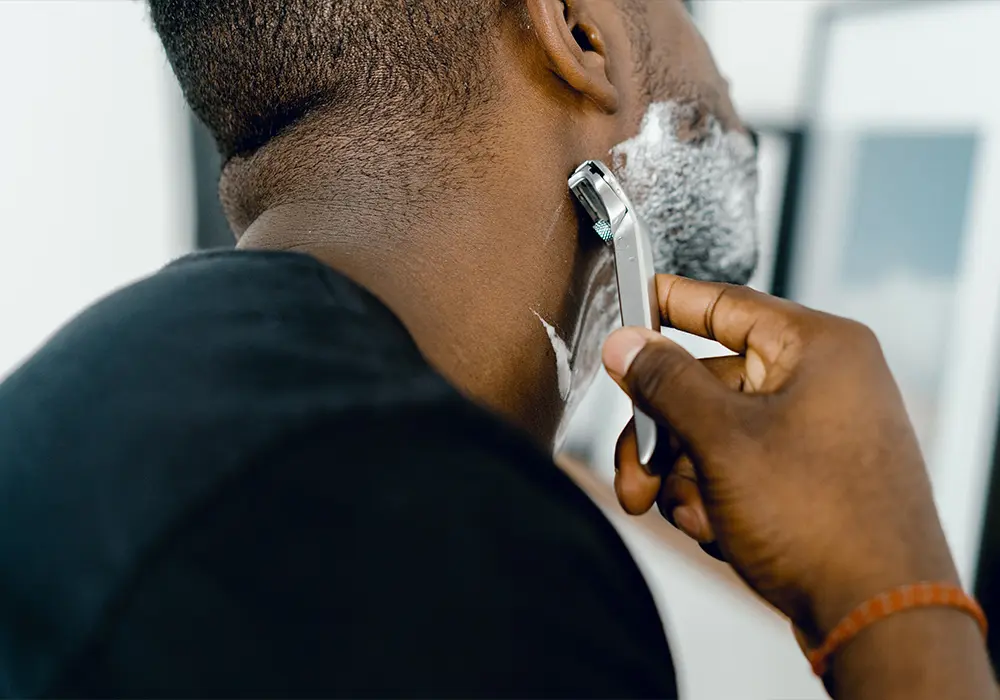
“Don’t kick off the shave by going against the direction of the facial hair growth,” warns Vince. “When there is too much pull it leads to ingrown hairs and irritation, especially for guys with sensitive skin.
“I always advise going with the grain first, and after one or two passes, then go against the grain. Once you’ve done a few strokes in each area with the grain, you can go gently against the grain to get the last of your stubble.”
6) Switch to a safety razor
- Henson AL13
- Henson AL13
- Henson AL13
- Henson AL13
A good part of shaving irritation is down to the simple mechanics of dragging a blade across your skin. Tugging, pulling and snarling the stubble hairs, or repeating strokes over the same area, are major causes of razor burn. Holding the blade at the correct 30-degree angle is essential to avoid this.
If you’re switching to a safety razor for the first time, try Henson’s AL13 – the blade is fixed at the exact 30 degree angle, and extends just 33 microns, or the thickness of a human hair. This means it does all the work of finding the angle for you, saving you time and effort and ensuring a super-safe shave.
7) Keep the blade sharp
- Henson RK Shaving Stainless DE Razor Blades (100 pack)
- Clauss 95263 Corned blades (pack of 6)
- QShave Deluxe Chrome Safety Razor and Brush Stand Holder
- Miusco Natural Badger Hair Shaving Brush and Shaving Stand Set
When refill cartridges are so pricey, it’s tempting to try make them last as long as possible. However, irritation is more likely to occur when the blade is blunt. Keep your blades sharp for longer by rinsing the blade after every stroke, drying it after use, and hanging it on a razor stand to keep it nice and dry between shaves.
Safety razors accommodate the most economical single use blades and a bulk box will keep you stocked for a long time.
8) Go electric
- Philips Shaver Series 5000
- Braun Series 6 Electric Shaver
- Lab Series For Men Electric Shave Solution
- Rituals Electric Shaving Lotion
Vince Garcia has shorn the illustrious heads of LeBron James, Lewis Hamilton and Drake, and he founded By.Appt.Only, a range of backpacks that are specifically designed for barber kit, so he knows what works and what doesn’t.
“A lot of my clients deal with skin irritation after shaving, especially those with sensitive skin who are generally more prone to razor bumps and ingrown hairs. If that’s you, I advise opting for an electric shaver to take down the hair while avoiding contact with the skin. The compromise is this often doesn’t result in a particularly close shave.”
We would also recommend prepping the skin with Lab Series Electric Shave Solution or an equivalent.
9) Plump for a protective razor
- Gillette SkinGuard Sensitive Razor
- Wilkinson Sword Quattro Titanium Sensitive Razor
- Bulldog Skincare Sensitive Bamboo Razor
- Schick Hydro 5 Sense Sensitive Skin Razor
“The alternative to an electric shaver is to find a cartridge razor that is specifically designed for guys with sensitive skin, like the Gillette SkinGuard,” says Vince.
“SkinGuard technology is positioned between the blades to smooth your skin and protect it from direct blade contact. This razor also adds lubrication before and after the blades for maximum glide and comfort, which is an aspect I definitely recommend when selecting a razor.”
10) Manscaping? Choose the right tool
- Gillette INTIMATE Shaving Kit
- Philips Series 7000 Showerproof Body Groomer
- Manscaped The Lawn Mower 4
- Meridian The Trimmer
To reduce the chances of a hatchet job, “it’s important to treat your intimate area with the same attention you would your face, since it’s another element of total self-care,” suggests Vince. “A full regimen of products and a regular routine can help reduce irritation and lead to the best results. Similarly, let your skin and hair soak for a few minutes to open up your pores for the smoothest experience.”
“For manscaping, you can either use a razor to remove hair as close to the skin as possible, a trimmer with a guard to cut the hair shorter (but not remove it entirely), or a combo of the two. Regardless, I recommend starting by taking the hair down, while it’s dry, with the Gillette Intimate Pubic Hair Trimmer. It comes with three combs – one of which is a sensitive-specific comb for the gentlest possible shave on delicate areas. Then hop into the shower and using a razor like the Gillette Intimate Pubic Hair Razor to finish off the job.”
More tips from Vince: “Make sure you rinse the blade every 2-3 strokes to clean it off. Most importantly: make sure you’re always using a sharp blade and changing out dull cartridges as needed to avoid cuts or irritation. Finish by rinsing with cold water to close your pores.”
The Gillette Intimate range is currently only available in the US. Alternatives include the Philips Series 7000 Body Groomer, The Trimmer by Meridian and the awfully named Lawn Mower 4 by Manscaped.
11) Don’t fall at the final hurdle
- Clinique For Men Post Shave Soother
- Mr Blackman’s post-shave moisturiser
- Aesop Moroccan Neroli Post Shaving Lotion
- Baxter of California After Shave Balm
Land it like an Olympian gymnast, and give your shave the finish it deserves. “Once you’re done shaving, I recommend closing your pores with a cold towel,” says Vince. “The hot towel at the start and the cold towel at the end help soothe the skin and also transform your shave from a chore to a more elevated experience.
“Finally, an aftershave that soothes the skin and a hydrating/cooling face moisturiser are all essential. If you have sensitive skin, it’s important to do a bit of testing and learning to identify what products and specific ingredients your face likes best.”
Clinique for Men Post-Shave Soother is a solid option to cool, soothe and hydrate. While Mr Blackman’s Face & Skin Moisturiser contains aloe vera to soothe the skin and salicylic acid to help reduce the shaver’s curse of razor bumps or ingrown hairs.
12) When it’s all gone south
Face or crotch freshly shorn and fully aflame? It happens. “If the irritation is severe, skip the typical post-shave products to prevent any further irritation and apply a cold towel,” says Vince.
“Also, try spraying the effected area with witch hazel or rose water to help soothe and repair the skin. If it’s mild, add your preferred sensitive skin specific hydrating moisturiser.”
